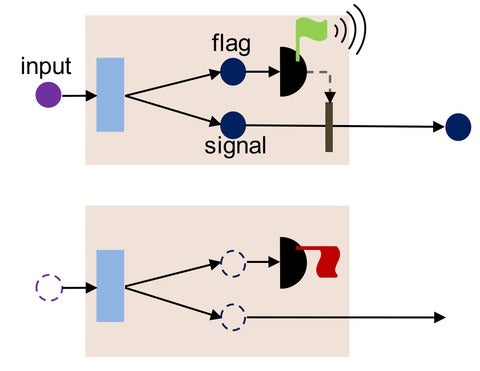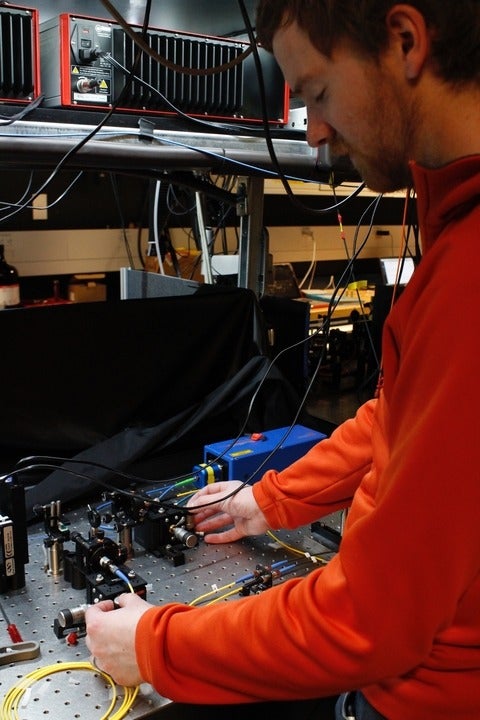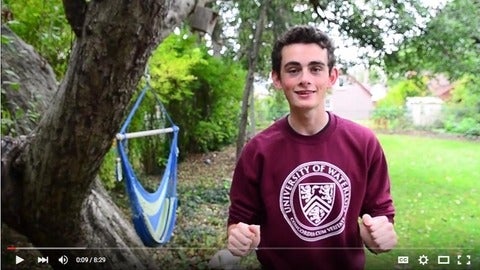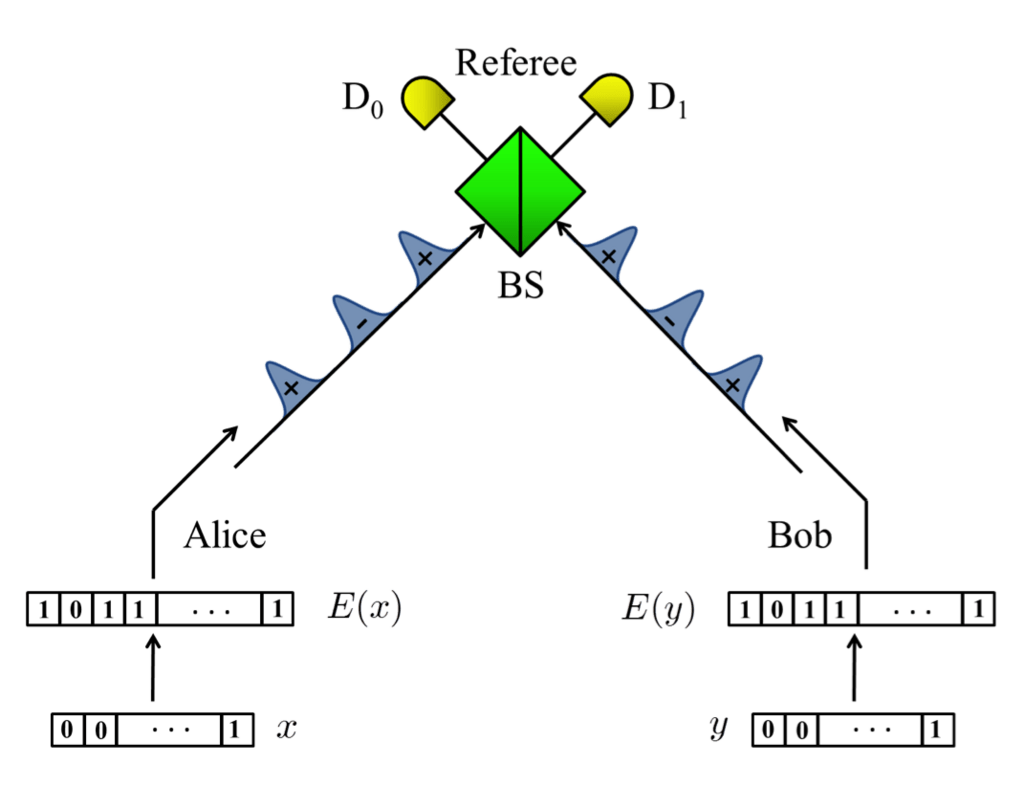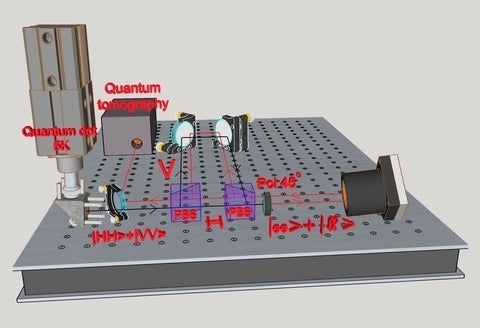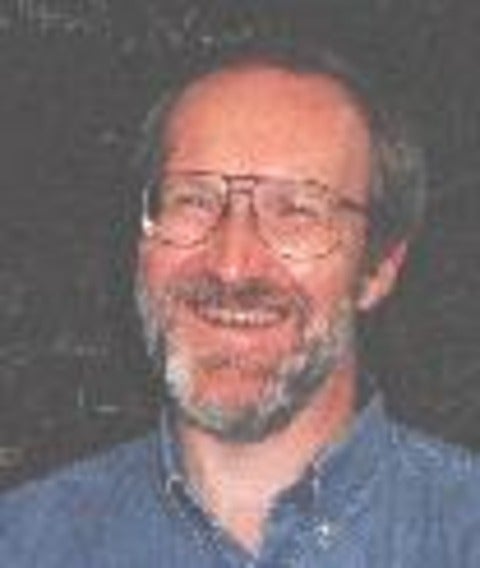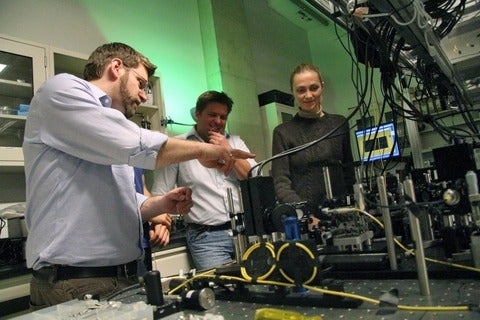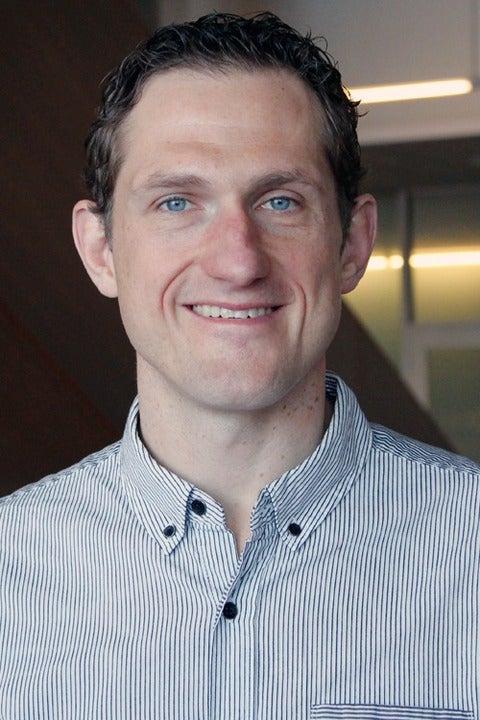Realism is for people who can't handle their nonlocality
by Aephraim M. Steinberg, University of Toronto
An international team of researchers from the University of Toronto, Griffith University (Brisbane), and the Institute for Quantum Computing (Waterloo) demonstrate "surrealistic" quantum trajectories in the lab.

